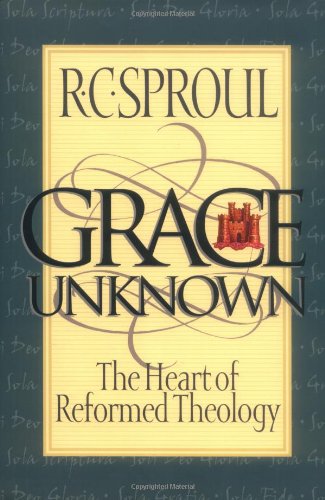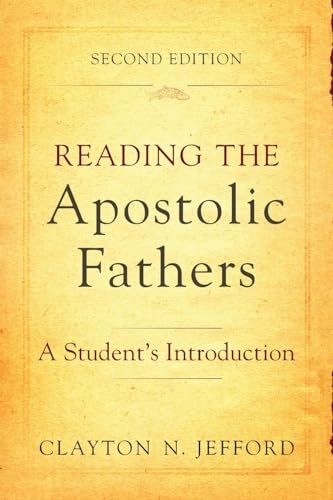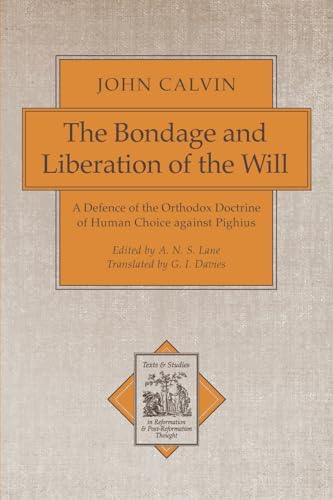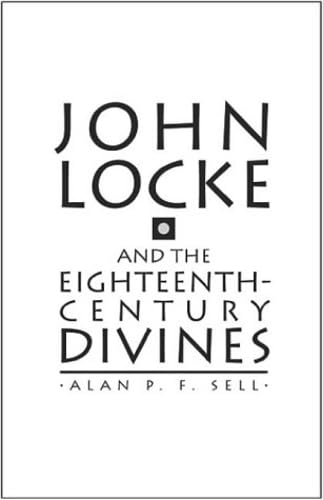Jesus and the Victory of God, Christian Origins and the Question of God
Written by N.T Wright Reviewed By Martin ForsterTo state it at the beginning, I found N.T. Wright’s book on Jesus one of the most rewarding and stimulating readings about Jesus I have recently come. A lively style offers an immense and profound scholarship. Wright uses and discusses an impressive quantity of Jewish sources to make his point. Thus, by reading this book one catches a glimpse of the first-century Judaism in which Jesus lived.
In his first volume Wright painted a picture of first-century history as far as Judaism and Christianity are concerned. With this picture as background Wright now draws a portrait of Jesus. Before he does so, he gives us an overview of the ‘Jesus scholarship’ of the last hundred years or so. He also comments on the whole project of the ‘Jesus Seminar’ at greater length. Wright openly admits on whose shoulders he stands, but also in what points he disagrees. The Third Quest marks the starting point for his portrait of Jesus (p. 123). It is connected with the name of Albert Schweitzer. Both Wright and Schweitzer see eschatology as a key to understanding Jesus. While they agree in their view of eschatology as a crucial category, they fundamentally part in their understanding of first-century Jewish eschatology. According to Wright, this particular eschatology does not deal with scenarios of the end of space-time universe but with the change of the old order of this world through God’s climactic intervention. Wright at this point establishes a very appealing and interesting hypothesis of first-century Jewish eschatology. Further research needs to be done in this area so that his hypothesis may become a solid piece in the puzzle of first-century history. This understanding of eschatology throws new light on our picture of Jesus.
The whole project of N.T. Wright’s NT Theology is committed to history. He looks at the biblical texts with the eye of an historian. From this point of view he challenges a number of methodological presuppositions. Instead of the ‘criterion of dissimilarity’ for instance, Wright introduces the double criterion of similarity and dissimilarity (p. 131ff): ‘When some words are credible’ within first-century Judaism, even though perhaps subversive; when these words make a starting point of something in later Christianity, even though it might differ from later Christian theology, then can we make a good case that it originates with Jesus himself.’
The phrase ‘forgiveness of sins’ looks quite different under Wright’s historical investigation. He writes that ‘forgiveness of sins’ is another way of saying ‘return from the exile’ (p. 268). Wright places this familiar Christian phrase in an unfamiliar but plausible first-century setting. The Jews under Roman rule would understand ‘forgiveness of sins’ as the eschatological return from the exile. Some would think of freeing themselves from the Roman yoke. Jesus proclaimed God’s ultimate intervention through the coming of his kingdom. He there challenges the non-political understanding of ‘forgiveness of sins’. The Prodigal Son and the sermon on the Mount undergo a very similar transformation in Wright’s investigation as does the concept of ‘forgiveness of sins’. The Sermon on the Mount is not a set of timeless ethical instructions but a challenge to Israel to be the true Israel (p. 288). In his parable of the Prodigal Son Jesus retells this story: now, with the coming of Jesus, the exile is over and God will shortly restore his people. Certainly a new way to this over-familiar parable.
Wright asks five basic questions within his approach: 1. How does Jesus fit into Judaism? (p. 91) 2. What was Jesus seeking to do within Judaism? (p. 99) 3. Why did Jesus die? (p. 106) 4. How and why did the early church begin? (p. 109) 5. Why are the Gospels what they are? (p. 112) A sixth question would be: how does this Jesus relate to the contemporary church and world? (p. 117) Wright has this question in mind, but does not explicitly deal with this huge issue, something that definitely needs to be done.
Wright presents Jesus as a prophet. This is one category for understanding Jesus that was popular even in Jesus’ day and gives many words and deeds a very plausible framework. Jesus announced the coming judgement over the unfaithful people of God and the climax of God’s action in history. This climax is arriving through Jesus himself. When we try to grasp Jesus’ aims and beliefs, then do we realize that Jesus was not only a prophet, but the Messiah? The Temple cleansing and the Last Supper take a prominent place in understanding Jesus’ Messiahship. He celebrated something like a Passover with his disciples. At that moment he granted the forgiveness of sins which was normally reserved for the Day of Atonement in Israel. With the feast of Passover the Jews remember their return from Egypt; yet, in Jesus’ interpretation of the last meal with his disciples it is the return from exile. Things that normally take place in the temple of Jerusalem now happen in the upper room.
Within his historical approach, N.T. Wright also opens new ways into christology. He finds the clues to christology in the return of YHWH to Zion and in the Temple-theology (p. 653). Jesus not only proclaimed the return of God to Zion, but he embodied it in person. What the temple was supposed to accomplish Jesus himself accomplished on the cross (p. 604). During the time of Jesus’ earthly ministry there is no speculation about the three persons of God, but within first-century Judaism Jesus could be seen as the one sharing the throne with God.
N.T. Wright says only very little about the resurrection in this volume. Thus, the question of how Jesus thought about his resurrection remains unanswered yet. What did this dimension mean in his own understanding of vocation? Hopefully this gap will be filled in the following volumes.
Jesus and the Victory of God deserves careful study and thorough discussion. Wright’s results and their meaning for the central Christian doctrines like that of atonement are a burning issue. Further, we need to ask how Wright’s work will affect the discussion between Christians and Jews. After reading his book I realized that Jesus was an uncomfortable first-century Jew in the eyes of his contemporaries and to some degree he is a strange figure to us today, for he is not the all-too-familiar Christian hero, but a real Jew who brought about the climax of God’s history within the human race.
Martin Forster
Basel, Switzerland







